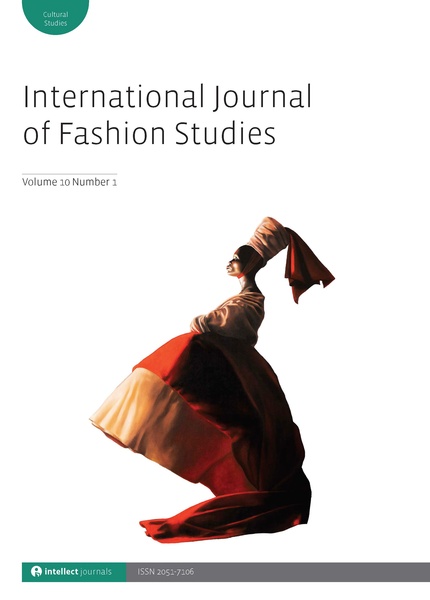
Full text loading...
 , Søren Askegaard2
, Søren Askegaard2
Male circumcision is a widely practised Islamic ritual in Turkey regardless of families’ level of devotion. It is traditionally celebrated with a party where boys wear special ‘circumcision’ costumes. Concentrating on these costumes, this study examines the construction, interaction and intersection between religion, masculinity, nationalism, militarism and neo-Ottomanism, by investigating costumes available between 2014 and 2019 and exploring previous studies and archival resources on circumcision celebrations in the Ottoman and Turkish contexts, such as photographs and memoirs. By doing so, it identifies three main styles: classic, modern military and neo-Ottoman. Classic circumcision costumes emerged in the early twentieth century, while modern military style spread in the 1970s under the influence of the Turkish political sphere. The variety and availability of circumcision costumes has enormously increased since the 1990s due to the country’s economic upsurge. Under AKP rule, particularly in the 2010s, there has been a rise in Islam(ism) and neo-Ottomanism, which has been reflected and propagated through popular culture, particularly Ottoman-themed TV dramas. This has influenced the emergence and development of ‘neo-Ottoman’ circumcision costumes. Following the description of the stylistic universe of circumcision costumes, this article develops a semiotic square, which illustrates contradictions of ‘modernities’ and ‘modernity’, contrarieties of ‘historicity’ and ‘utopia’ and implications of ‘modernity’ and ‘tradition’ in each of the three styles.

Article metrics loading...

Full text loading...
References


Data & Media loading...

Publication Date:
https://doi.org/10.1386/infs_00027_1 Published content will be available immediately after check-out or when it is released in case of a pre-order. Please make sure to be logged in to see all available purchase options.